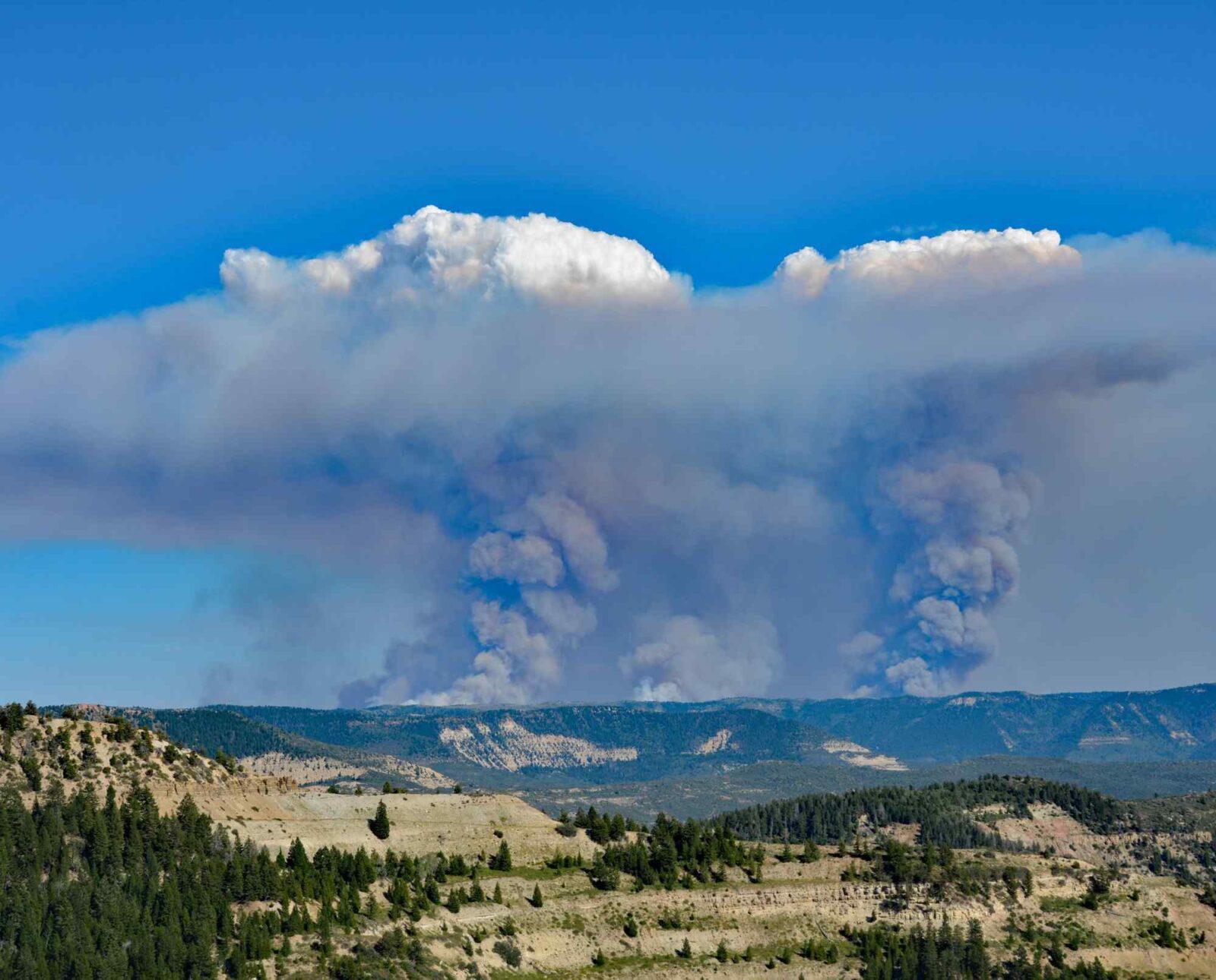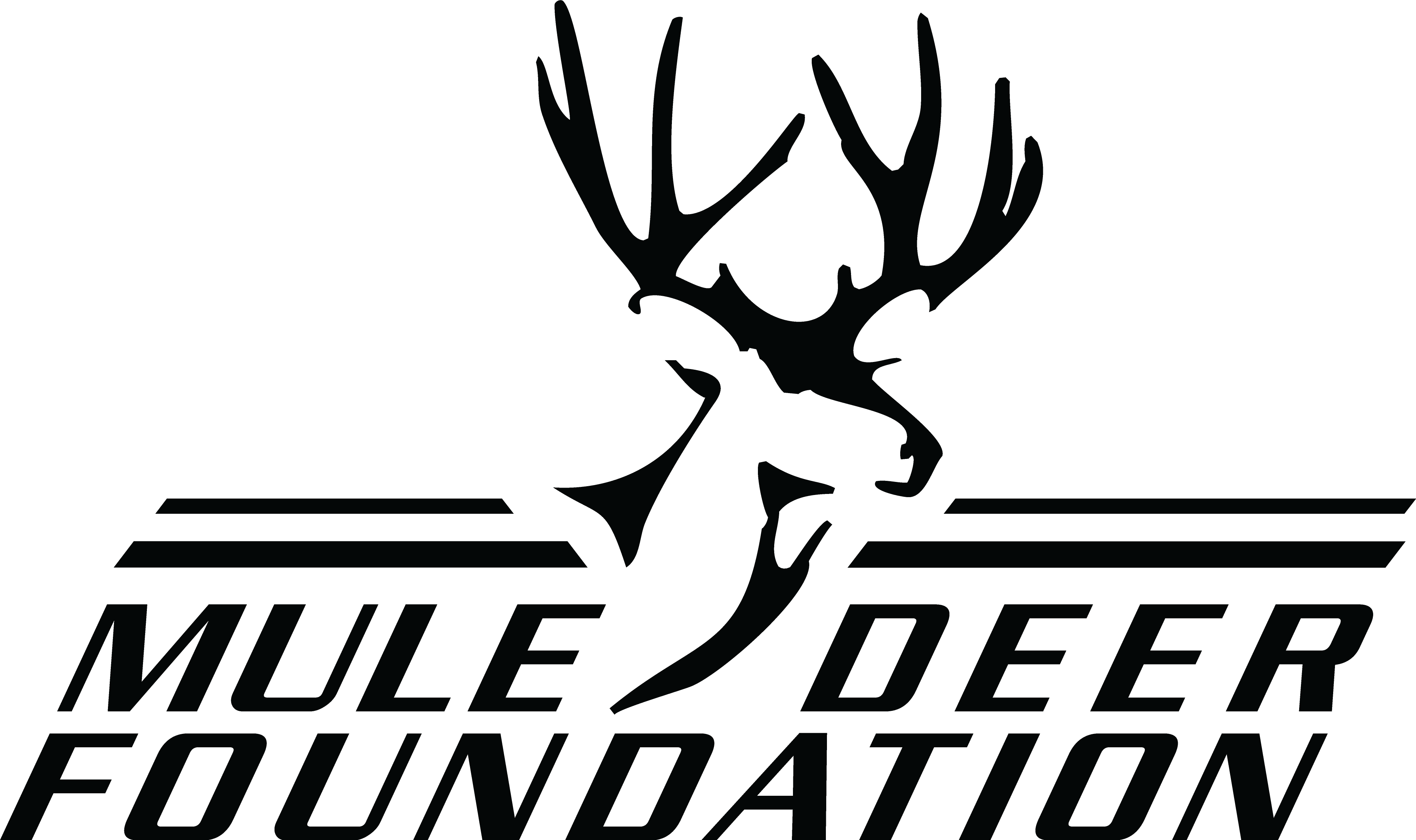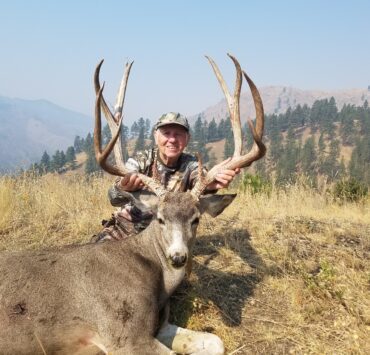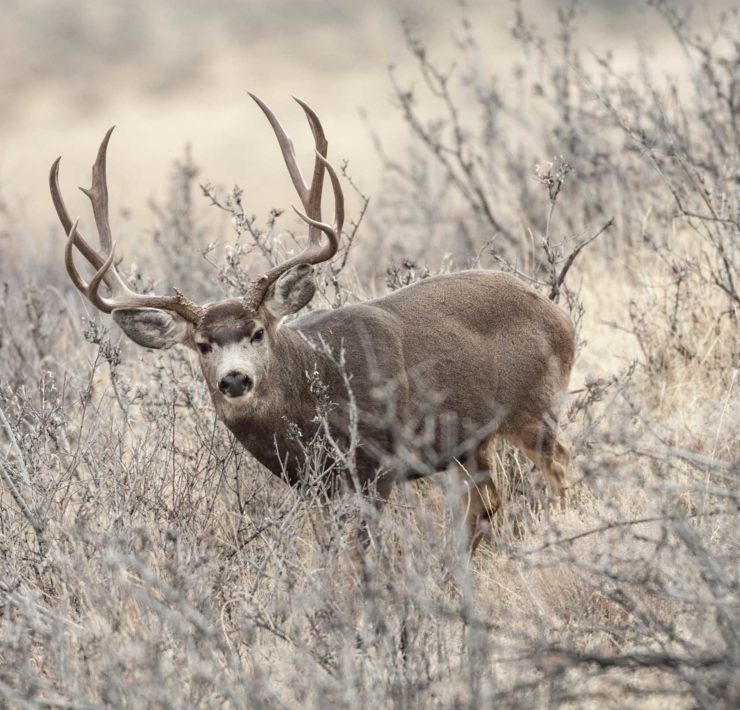Wildfire and Regeneration: How Fire Shapes Mule Deer Habitat

By: The Mule Deer Foundation editorial team
Wildfire is a powerful and often misunderstood force on the Western landscape. For mule deer, fire can be both a threat and a benefit. While flames may scorch winter range, destroy cover, and reduce food availability in the short term, fire also plays a regenerative role, creating lush, nutritious vegetation that deer depend on.
Understanding how wildfires affect mule deer habitat is critical to long-term conservation efforts. As wildfires increase in size and frequency, land managers and wildlife professionals must carefully weigh the risks and benefits to ensure mule deer populations remain healthy and resilient.
The Benefits of Fire for Mule Deer
Despite its destructive nature, wildfire is a natural ecological process. When it burns at low to moderate intensity and under the right conditions, fire can revitalize the landscape. By clearing out overgrown brush and aging vegetation, fire makes room for young, nutrient-rich plants to grow, plants that mule deer seek out as prime forage.
These early-successional plants, including forbs, shrubs, and grasses, offer more digestible and protein-rich options than mature vegetation. This “green-up” following a fire can support higher fawn survival, improve body condition, and boost reproductive success among adult deer.
Post-fire studies in places like California’s Sierra Nevada and Colorado’s Western Slope have documented increased deer activity and foraging success in recently burned areas. In some cases, mule deer densities are higher in burn scars during the growing season than in unburned habitat nearby.
The Risks and Drawbacks
However, not all fires are beneficial. The effects depend heavily on timing, intensity, and frequency.
When wildfires burn too hot or too frequently, they can destroy the very habitat deer rely on to survive. Critical winter range which is often composed of mature sagebrush and bitter brush can take decades to recover. Without adequate cover, deer are more vulnerable to predation and exposure during harsh winters.
The situation is even more complex during drought years. Fires that burn dry soils often result in poor regrowth and open the door for invasive species like cheatgrass, which offers little value to wildlife and can alter fire cycles. When habitat is repeatedly burned before it has time to recover, mule deer may abandon these areas entirely.
Management Strategies and Solutions
Recognizing the complexity of fire’s role in mule deer habitat, land managers are shifting toward more nuanced fire policies. Rather than focusing exclusively on suppression, agencies and conservation partners now work to integrate fire into landscape-scale planning.
This includes:
- Allowing some naturally ignited fires to burn under controlled conditions to maintain habitat diversity.
- Conducting prescribed burns to reduce fuel loads and mimic natural fire cycles.
- Investing in post-fire restoration, including seeding native plants, controlling erosion, and removing invasive species.
- Designing fire recovery projects with mule deer in mind, especially on key winter and transitional ranges.
These actions help ensure that fire continues to play its natural role in shaping healthy ecosystems, without tipping the balance too far against wildlife.
A Balanced Future for Mule Deer Habitat
Wildfire isn’t simply good or bad, it’s a force that demands thoughtful management. When fire is allowed to function as part of a healthy system, it can support mule deer by renewing forage and opening dense stands of brush. But when it burns too hot, too often, or during years of drought, it can reduce the very habitat that mule deer depend on.
Conservation efforts that balance fire use with proactive restoration are essential to ensuring that mule deer thrive across the West. At the Mule Deer Foundation, we’re working alongside partners to rebuild habitat after fires and advocate for science-based land management that supports both wildlife and resilient landscapes.
Support the Work
If you care about mule deer and the places they live, consider becoming a member of the Mule Deer Foundation. Your support helps fund post-fire restoration projects, habitat monitoring, and on-the-ground conservation across mule deer country.
Have photos or stories from a burn-scar hunt or habitat project? Send them to [email protected] — you could be featured in our magazine or on social media.
Join us for just $35 a year and help keep mule deer habitat healthy and wild for generations to come.





